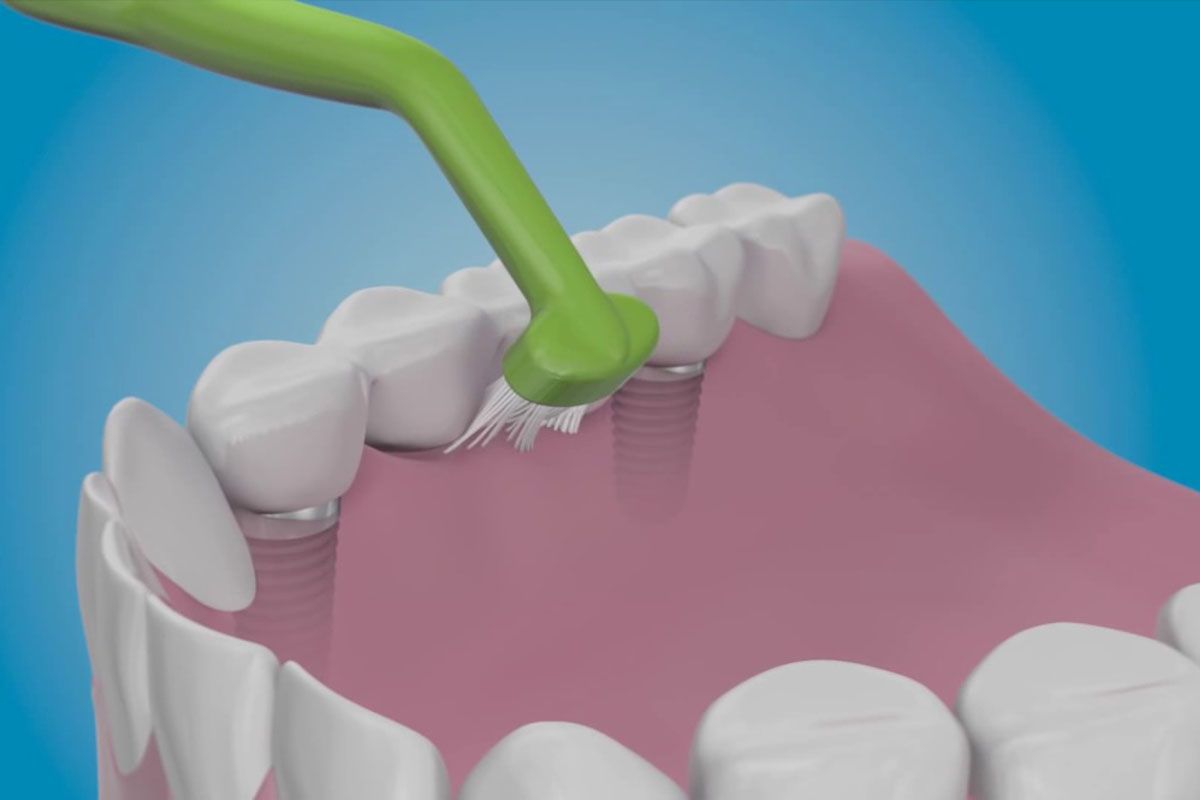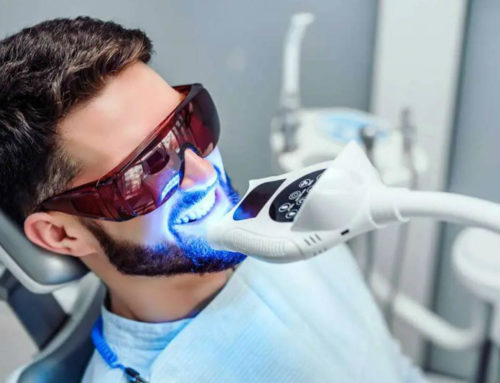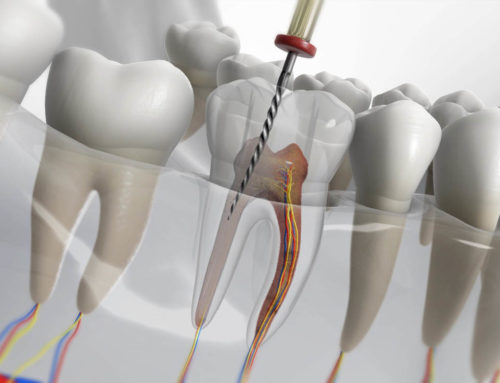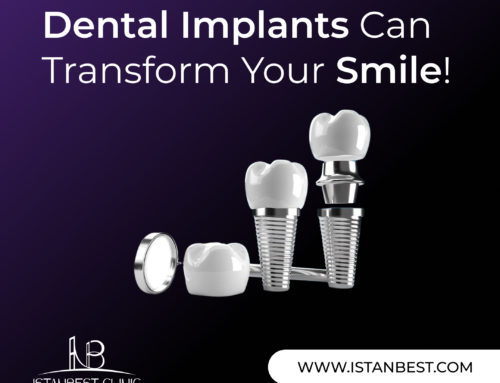After undergoing dental implant surgery, it is crucial to follow proper postoperative care to ensure optimal healing and integration of the implant. Immediate postoperative care is particularly essential in minimizing contact with the implant. Apart from regular oral hygiene practices, it is recommended to avoid disturbing the implant for at least two weeks following the surgery. During the 10 to 12-week integration phase, it is advisable to limit food intake to softer items and to chew in an area away from the implant to prevent unnecessary pressure or trauma. Adhering to these guidelines can help ensure the success of your dental implant procedure.

Protecting Blood Clot and Surgical Site After Dental Implant Placement
After the placement of dental implants, it is normal to experience bleeding, which can last for several hours. To protect the blood clot and surgical site(s), it is important to take certain precautions. Applying gentle pressure on your cheeks, jaws, and chin with cool packs can help. If you have a removable denture, it is recommended to place gauze in the molar region and bite down to apply pressure to the area.
Once the bleeding stops, it is best to leave the gauze out. It is also important to lie in a semi-reclined position with your head above your heart to prevent fainting. Avoid spitting, bending over, sucking through a straw, and rinsing for 24 hours after the surgery. Strenuous physical activity and smoking should also be avoided for 10 days.
If an oral mouth rinse has been prescribed, it is crucial to continue using it for two weeks. By following these guidelines, you can protect the blood clot and surgical site after implant placement and ensure successful healing.
Proper Rinsing Protocol for Post-Implant Placement
To promote optimal healing and prevent complications after dental implant surgery, it is crucial to follow proper rinsing protocol. Careful adherence to the following steps is important.
Day 1 (Day of surgery/first 24 hours after surgery):
- Avoid rinsing or brushing teeth.
- Do not spit.
Days 2 and 3:
- Brush teeth gently twice a day, taking care around the surgical sites.
- If you have a removable denture, remove it to rinse and clean the inside of the denture.
- Start gentle rinsing using a warm salt water solution (½ teaspoon of salt per 1 cup of water) after meals.
- If a specific solution was prescribed, rinse as directed.
- Do not brush the gums and avoid brushing the surgical site.
Day 4 until day 42 (6 weeks):
- Same regimen as days 2 and 3 but rinse with a little more force.
- Continue rinsing and cleaning for six weeks.
Oral Care Instructions for Post-Implant Placement
In addition to proper rinsing protocol, proper oral care instructions should be followed to ensure successful healing of the dental implant placement site. The following guidelines should be adhered to:
Starting from Day 2:
- Brush teeth 2 to 3 times a day, taking care around the incisions.
- Avoid placing any temporary prosthesis on the implant site for at least 3 weeks unless otherwise advised.
- Do not use a Waterpik® until 12 weeks after surgery.
By following these oral care instructions, you can ensure optimal healing and success of the dental implant placement.
Swelling / Fever / Bruising
After your surgery, you may experience swelling, bruising, and fever. To help control swelling and bruising, place a cool pack on your face for at least 48 hours. However, if you experience extreme swelling or a fever with a temperature above 101.5, contact your doctor’s office immediately. It is common to have bruising or swelling on your face for 2 to 3 weeks after the surgery.

Pain Management after Dental Implants Surgery
Following a Dental Implant surgery, it is normal to experience some discomfort. The discharge instructions will provide specific medication guidelines. It is important to follow the prescribed medication regimen to manage the pain effectively. Taking the medication after meals can help prevent nausea. It is crucial to avoid driving while taking narcotic pain medication.
Smoking and Alcohol
Following oral surgery, it is crucial to avoid smoking for 10 days and drinking alcohol for 48 hours. These activities may disrupt the formation of healthy blood clots, leading to prolonged healing, wound breakdown, and post-operative infections.
Diet
For the first 24 hours, avoid hot liquids and sucking through straws. Start with cool liquids and advance to a soft food diet when the numbness subsides, but avoid chewing in the surgery area. It is recommended to eat something after your surgery. For the first day, a cool pureed diet, such as smoothies, is recommended. Stick to a soft food diet for the next 4 weeks.
Sharp bony edges
After your surgery, you may feel hard and sharp areas on the surgical site. It is important to avoid picking or scratching them. Instead, notify the office staff during your post-operative check-up.
Nausea
Nausea is a common side effect of narcotic pain medications. If you experience severe nausea or vomiting, you may need to discontinue the pain medications or take an additional anti-nausea medication.
Activity
Following oral surgery, it is important to rest and relax. Vigorous physical activity should be limited for the first 3 to 4 days. After 4 days, you may resume activity as tolerated, unless otherwise directed by your surgeon.
Critical Care and Maintenance of Dental Implants and Restorations
It’s important to understand that dental implants are medical devices and not real teeth, and therefore require continuous and stringent care to ensure their long-term success and survivability. The soft tissue around the implant, crown, and prosthetics must be exceptionally maintained as it acts as the “gatekeeper” that prevents food and bacteria from compromising the implant in the bone.
To maintain good oral hygiene and prevent implant and prosthetic failure, a good rotary toothbrush such as the Oral B® Professional Care battery-operated toothbrush is required. Flossing around the implant restoration with the TePe® Bridge & Implant Floss must be done daily, followed by using the Waterpik® Water Flosser with Interdental Brush Heads to flush out the areas around and between all teeth and restorations. This process of brushing, flossing, and flushing should be completed at least twice a day.
In addition to daily maintenance, weekly maintenance is also required. The mucosa around the implant on both the tongue and cheek sides must be massaged once a week with your fingers to assist in changing bacteria content and reducing chronic bacteria accumulation.
Yearly maintenance is critical and includes cleaning the area, radiographic evaluation, and sometimes tightening or changing parts of the implant system. It’s also important to return to your restorative dentist as soon as possible if the crown/prosthesis becomes loose. Additionally, your bite must be assessed at every recall appointment with your restorative dentist to avoid overloading the implant.
Following the guidelines as instructed is crucial. If you notice any unusual symptoms, call your doctor at IstanBest clinic immediately.
Remember that you should not drive, drink alcoholic beverages, sign legal documents, or make any major decisions during the next 24 hours post-surgery as you will be under the influence of medication.




